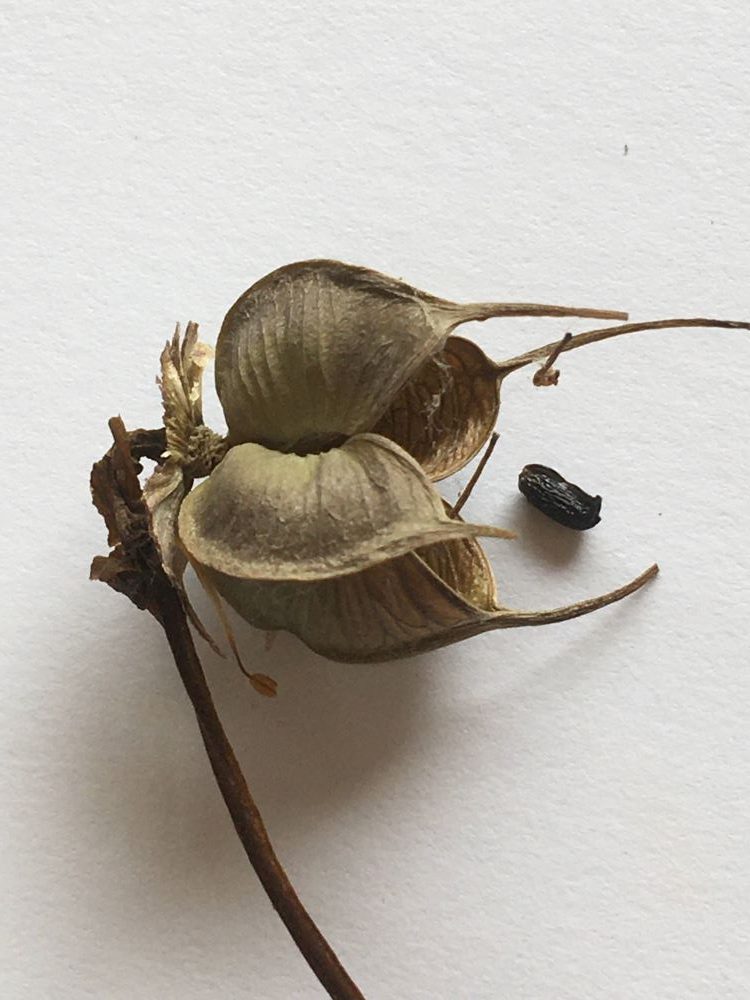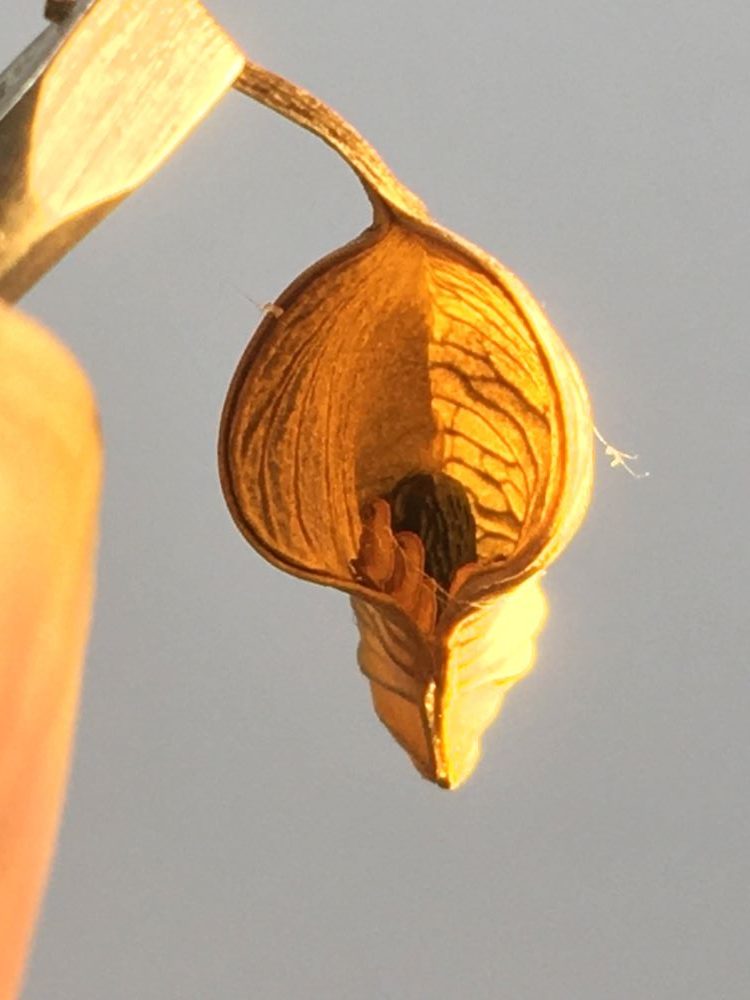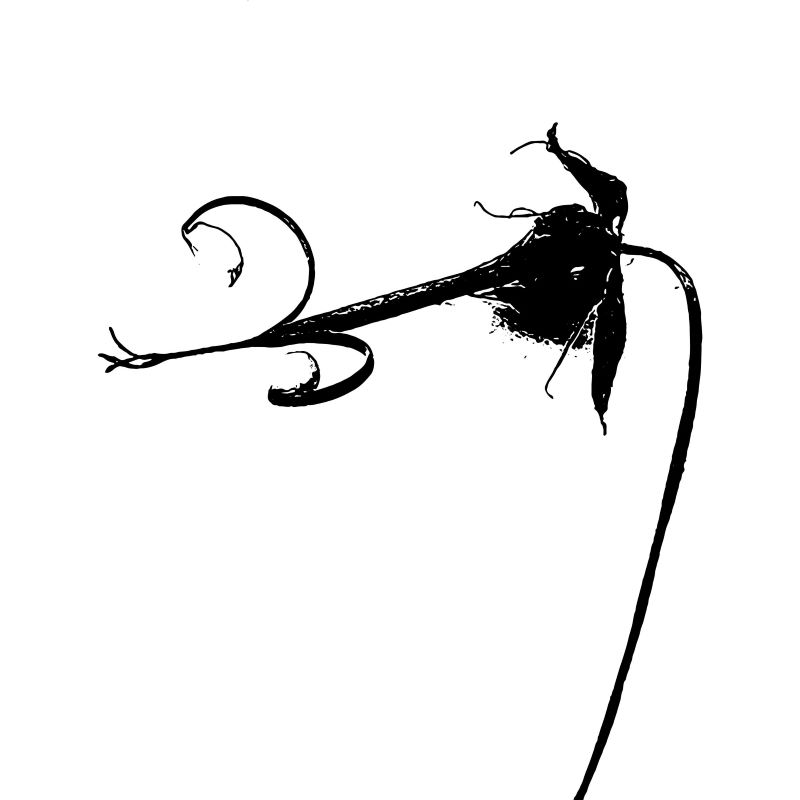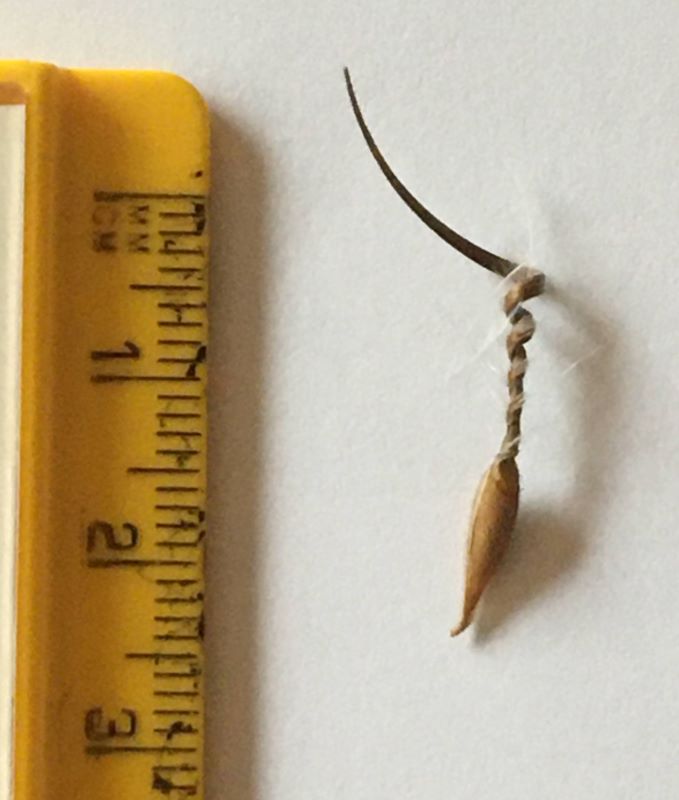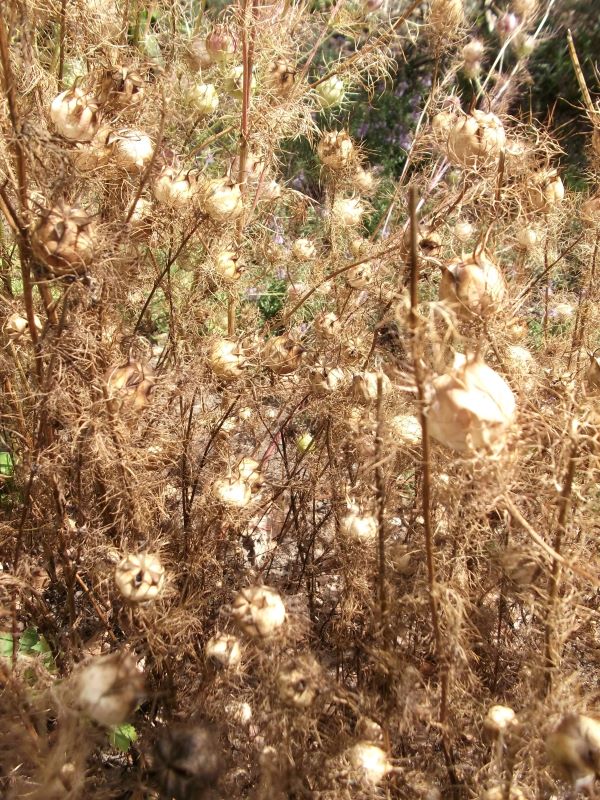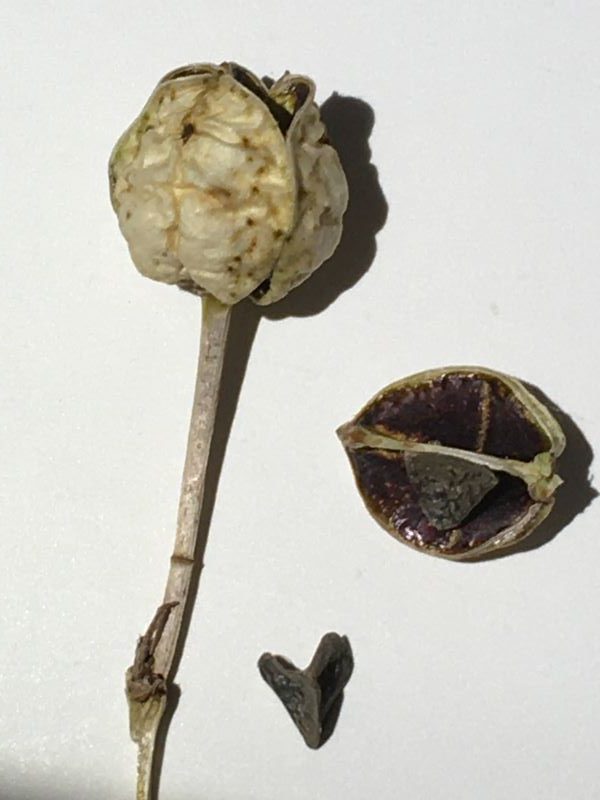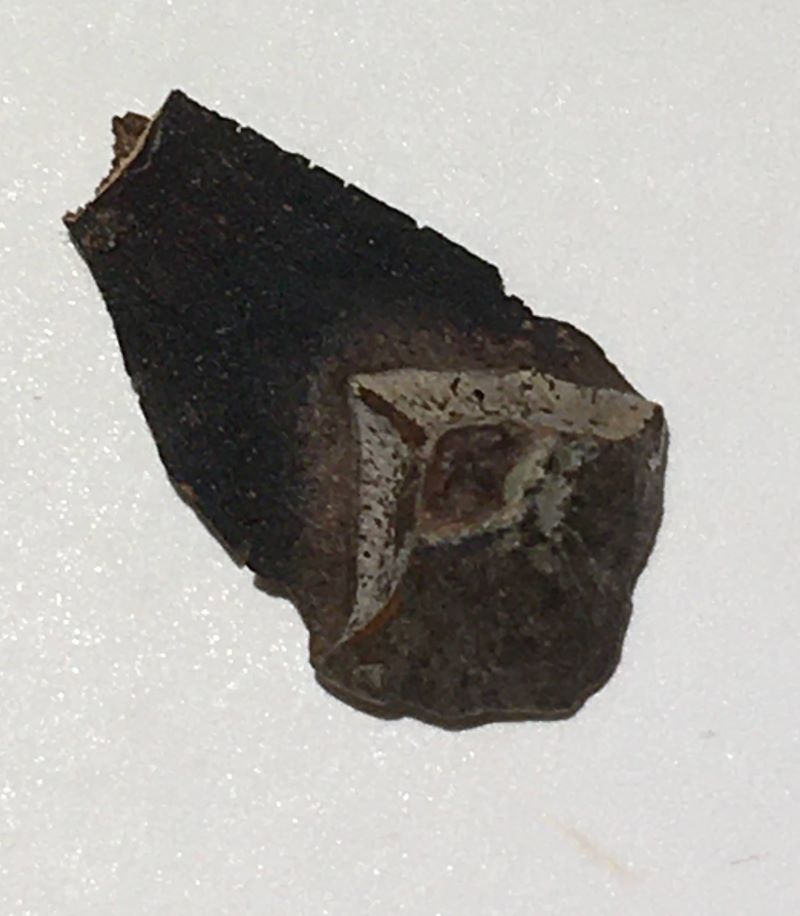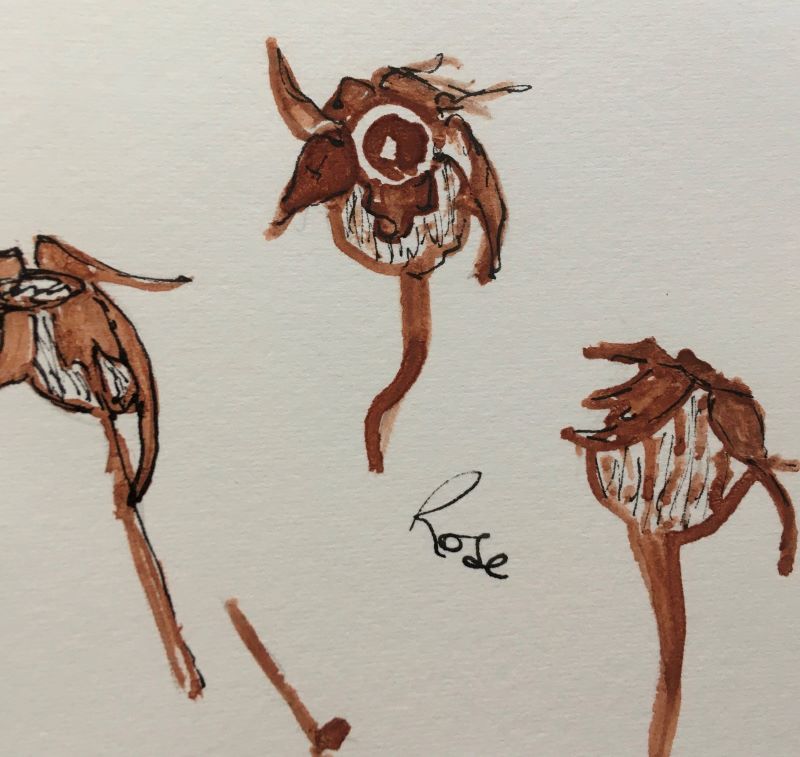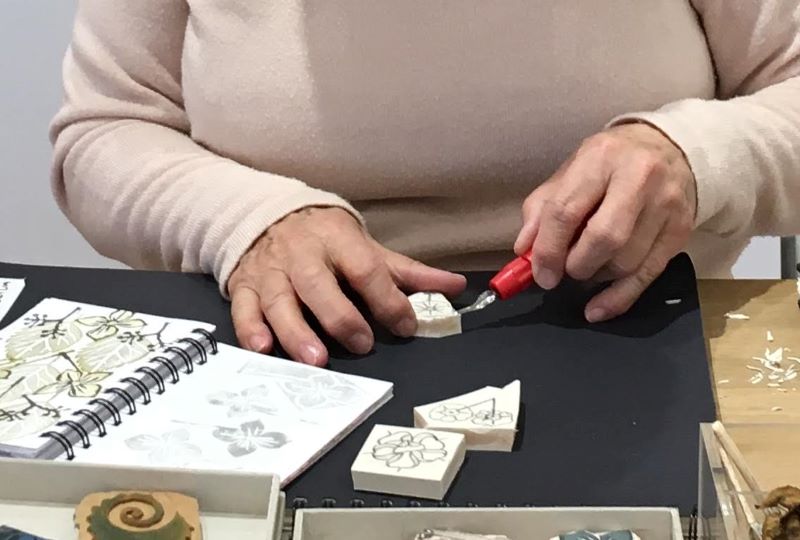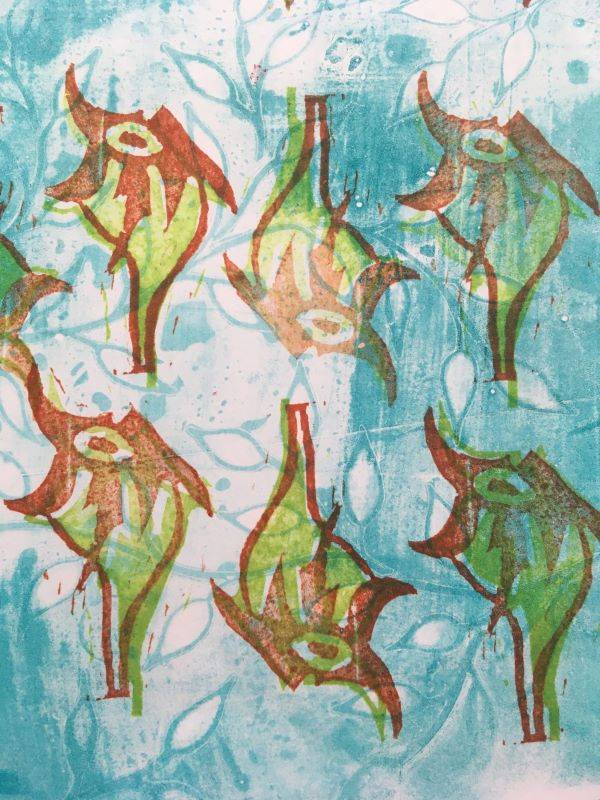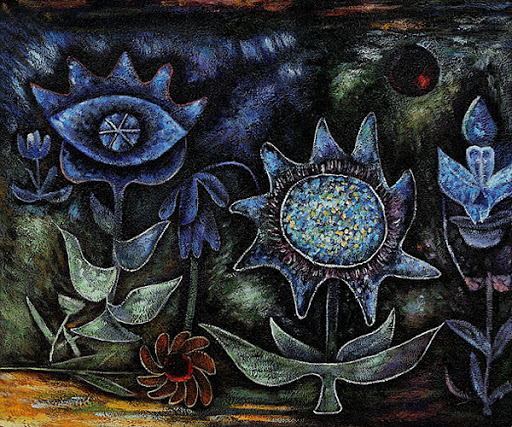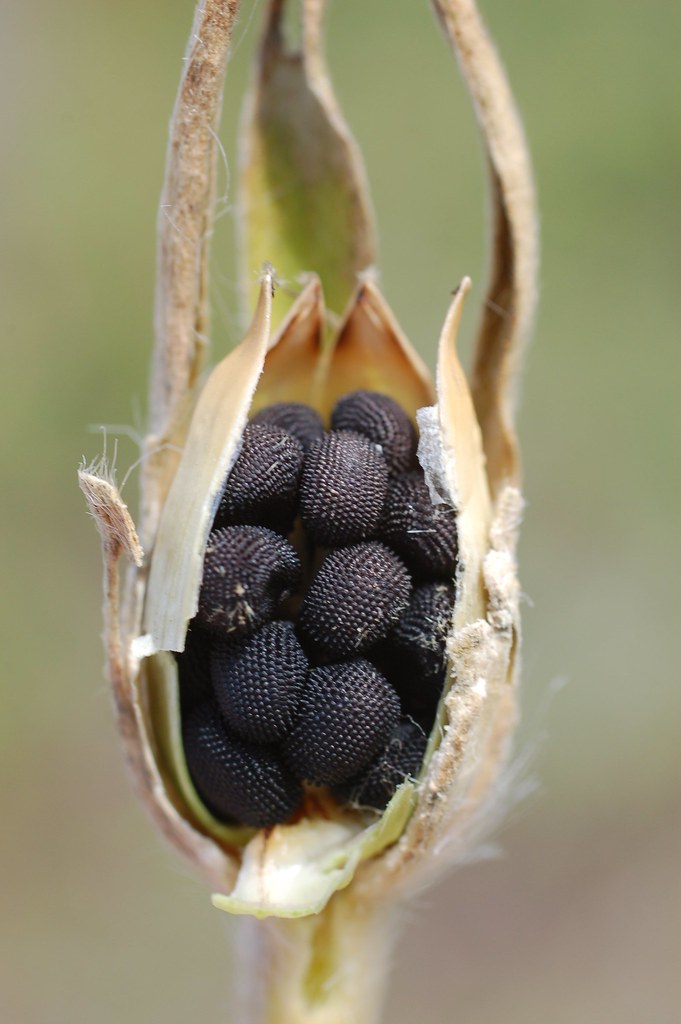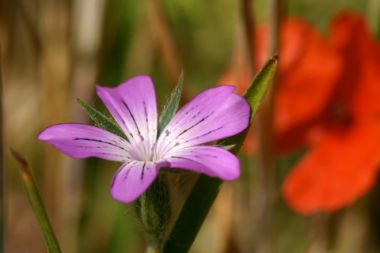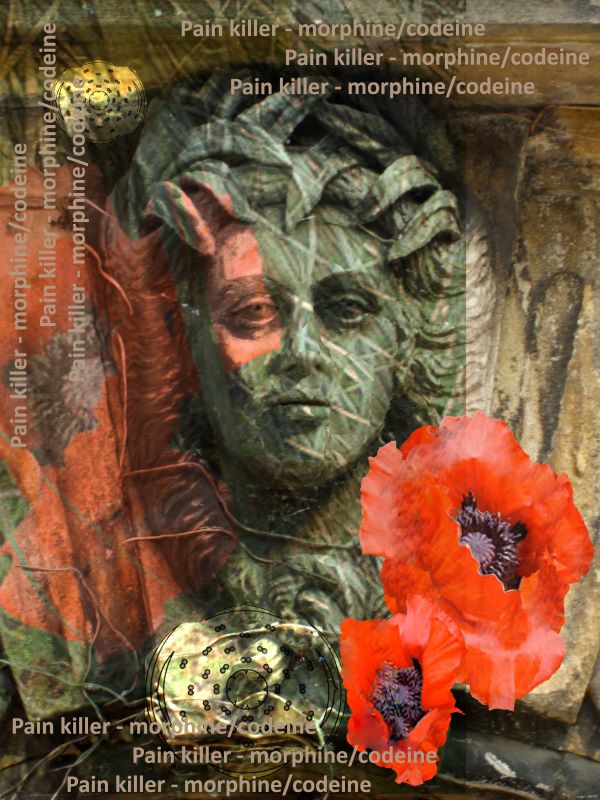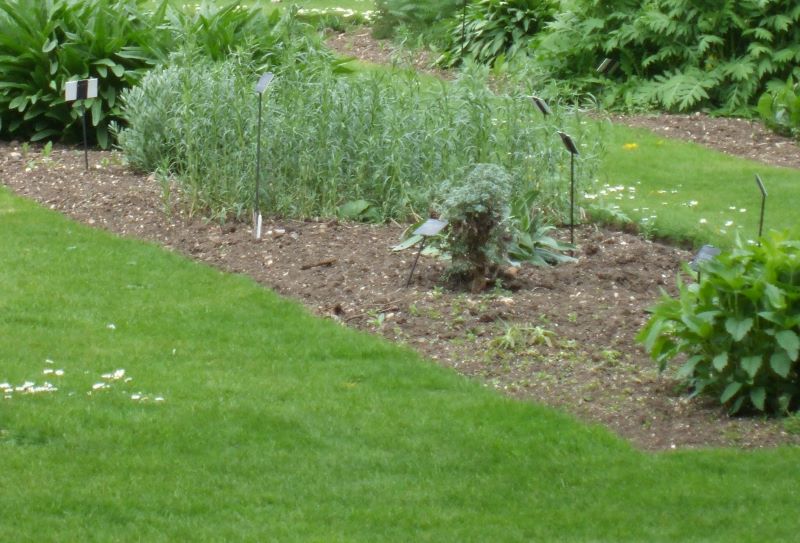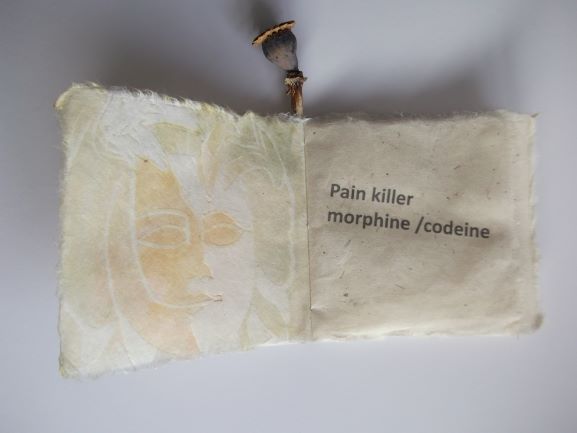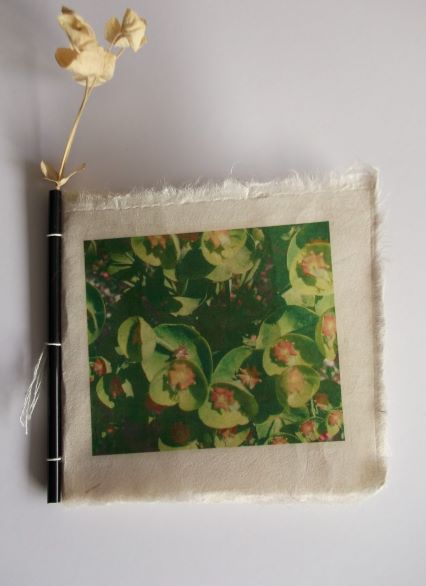When researching about seeds I was confused at first because writers talk about seeds when they mean the pods or seed containers with the seed inside. The pods are a structure that nature has designed for the only purpose of survival. http://theseedsite.co.uk/dispersal.html
They are for the dispersal of the seeds. The pods can be a beautiful shape. Nature is the true designer.
The following is a poem that I wrote in response.
Seed dispersal
It gently dropped at my feet at the start of its journey.
The seed safe in hard casing rolled down the path with me and the breeze.
Gravity and wind making sure the seed travels far from parent.
Seed dispersal’s main aim to spread the new generation far.
Hundreds sent on their way, not all to arrive safely.
Trodden on or drowned can be their fate.
Walking through the long grasses some sticky weed balls attach.
Ready for me to take them far away. Hooks and spines a useful tool.
As I lay in the sun upon the heath popping sounds mix with bird song.
The seeds are on their way, catapulted from sun dried casings.
Some seeds when released in the sun, form a spiral drill,
Straighten in the rain and penetrate the soil ready for the new growth.
The birds are also carriers eating the fresh luscious seeds as they drop,
then flying on to their next meal; the seeds passing through later.
Drifting on the light breeze the thistledown and bulrush tufts pass,
across moor and motorway they travel to colonise new sites.
Walking home along the stream watching the sunlight through the trees
Falling on the mini casing boats navigating downstream to new homes.
The seeds are beautiful as well.
